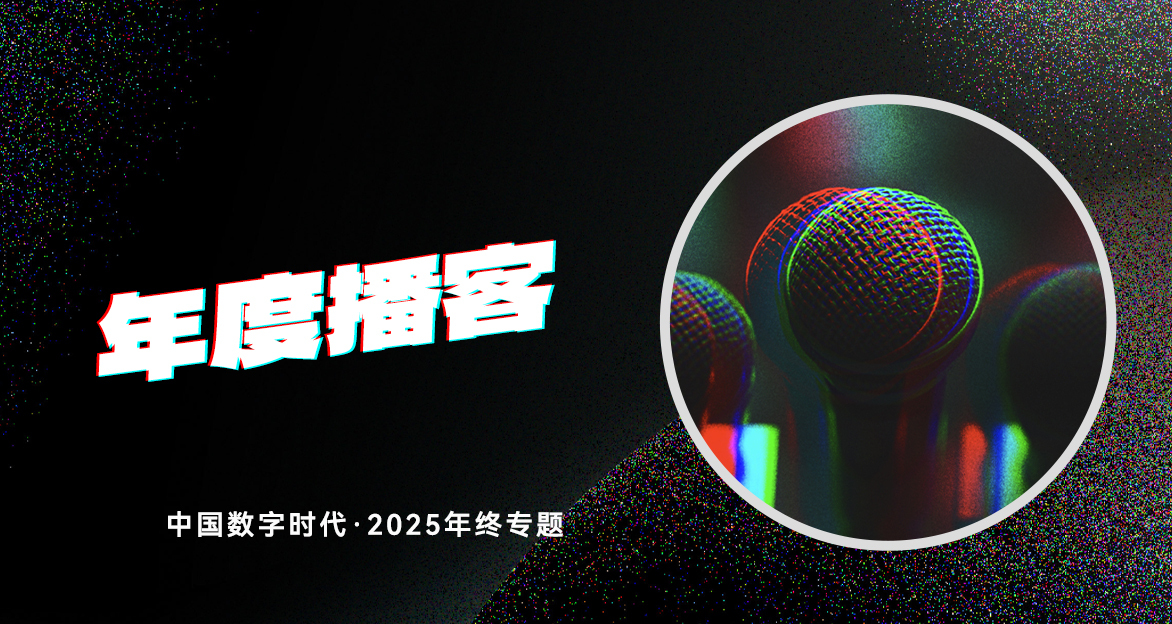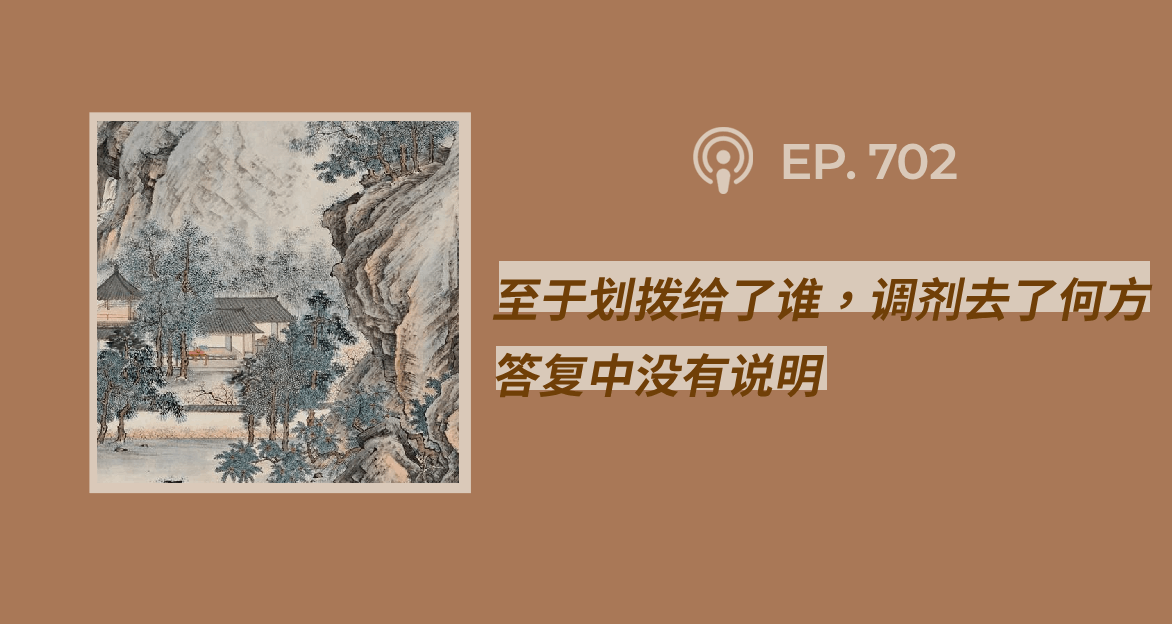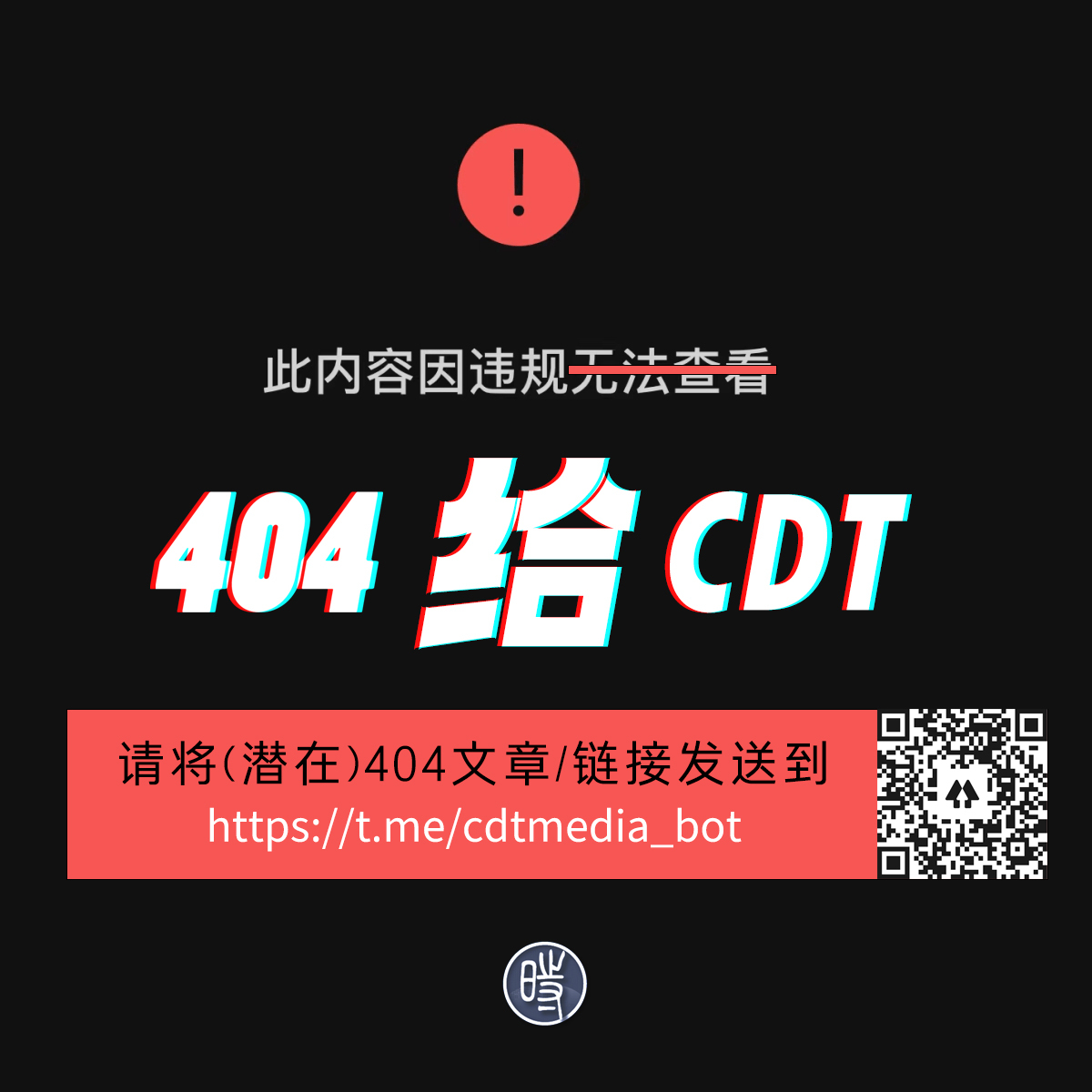http://cmp.hku.hk/2011/10/03/15870/
Can social media push change in China?
This time last year, Chinese media were dubbing 2010 the “inaugural year” of the microblog in China. Platforms like Sina Weibo and QQ Weibo, which enabled real-time sharing of text, links, images and video, were already impacting the news agenda in China. In an October 2010 post, CMP Director Ying Chan (陈婉莹) wrote about how she witnessed Chinese editors at a forum in Shanghai busily checking their mobiles for the latest microblog updates ona forced demolition case in Jiangxi province that was grabbing headlines at the time.
But if social media were “inaugural” last year, they have at times seemed unstoppable this year, and that has led to growing speculation that tighter controls are in the offing.
Microblogs have defined many of the top news stories in 2011. From the charity scandal surrounding the socialite Guo Meimei (郭美美) and the Red Cross Society of China to relentless attention to the issue of high-speed rail safety, cost and corruption before and after the July 23 collision in Wenzhou.
[ABOVE: This microblog maintained by user “Li Fashi” (季法师) was the first to break news of last week's subway collision in Shanghai.]
The changes brought about by platforms like Sina Weibo have tempted some to a cowboy-Western reading of the landscape, in which they imagine social media socking it to those in power. While this oppositional view is somewhat supported by the antagonistic tone of the internet, and the way it can fuel as well as reflect public anger over specific stories and issues, it fails to take into account the way Chinese institutions are adjusting (however ploddingly and reluctantly) to a new era of rapid information sharing.
The push for greater openness over so-called sudden-breaking incidents (突发事件) has been a clear trend in China for almost a decade — broadly speaking ever since the SARS epidemic in 2003. Policy steps on the Party and government side can be seen in China’s law on the handling of sudden-breaking incidents, passed in August 2007, and Hu Jintao’s policy statements in 2008 on the need for more rapid reporting of breaking incidents.
Article 53 of China’s law on the handling of sudden-breaking incidents states: “People’s governments taking on a unified leadership role or organizing the handling of sudden-breaking incidents should according to relevant regulations release information concerning the development of sudden-breaking incidents and response work in a unified, accurate and timely manner.”
On August 2 this year, right on the heels of the railway ministry’s catastrophic handling of the July 23 high-speed train collision in Wenzhou, the General Office of the Central Committee of the CCP released a “notice” on the need to deepen openness of government affairs (深化政务公开). This document was apparently in the works for a number of years, but the timing of its release seemed to suggest that those in support saw the public relations bungle of the train collision as a painful reminder of how important it is to stay on top of sudden-breaking incidents and satisfy the public demand for information.
Of course, it is worth bearing in mind the obvious — that the need for greater openness as a tool of social management is balanced at every turn in China against the unflagging priority of controlling information, or “guidance of public opinion.” This is plainly apparent in the text of the August 2 “Notice” itself, which states under item 7 in the only direct reference to sudden-breaking incidents: “[We] must have a firm grasp of openness on major sudden-breaking incidents and hot issues of concern to the masses, objectively releasing the state and process of events, government actions, response measures to be taken by the public, and the findings of official investigations [into incidents], responding in a timely manner to concerns in society, and correctly channeling public opinion (正确引导社会舆论).”
The term (underlined) that concludes this portion, while not exactly signifying media control as blankly as its precursor, “correct guidance of public opinion” (正确舆论导向), was formally ushered into media policy with President Hu Jintao’s June 2008 address at People’s Daily. It is an ambiguous term implying a level of control, but combining it with the idea that the Party should more actively “use” media, including the internet and quasi-independent commercial newspapers, to influence agendas. In the past, we have used the term Control 2.0 to talk about this later development in news and propaganda policy in China.
本文由自动聚合程序取自网络,内容和观点不代表数字时代立场













